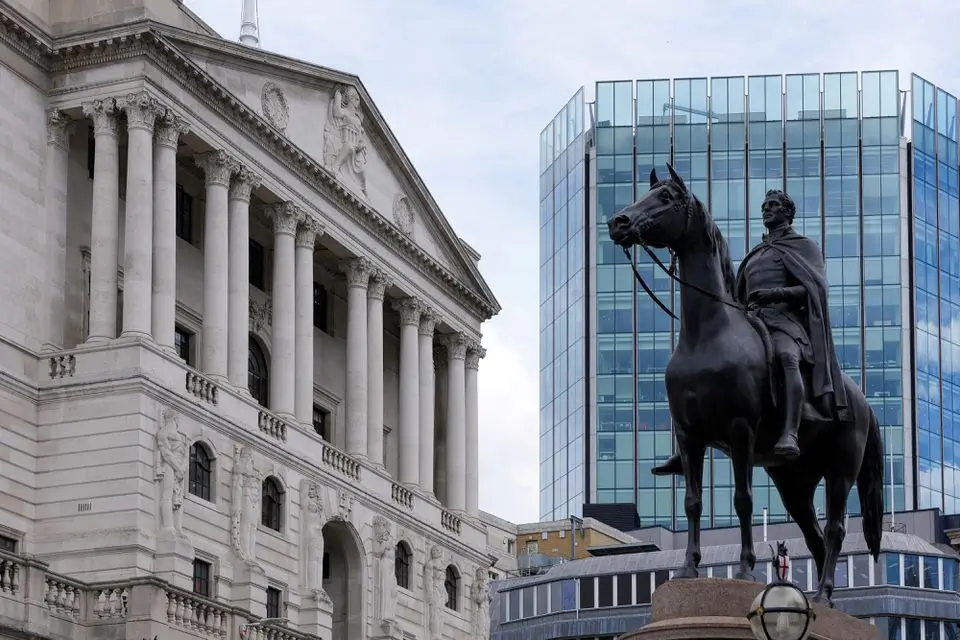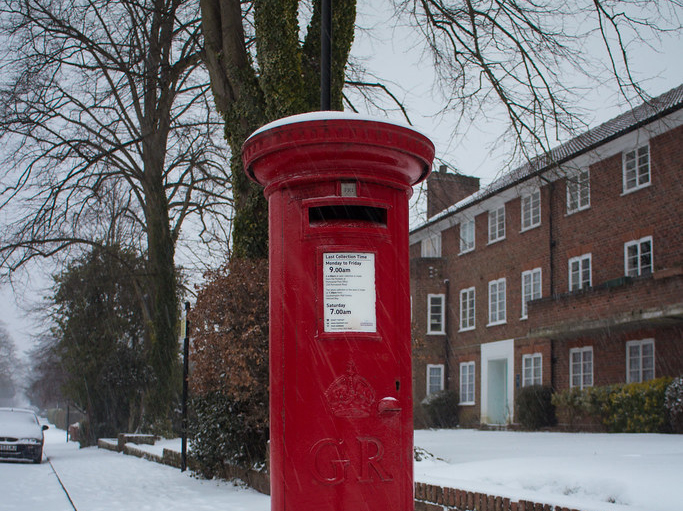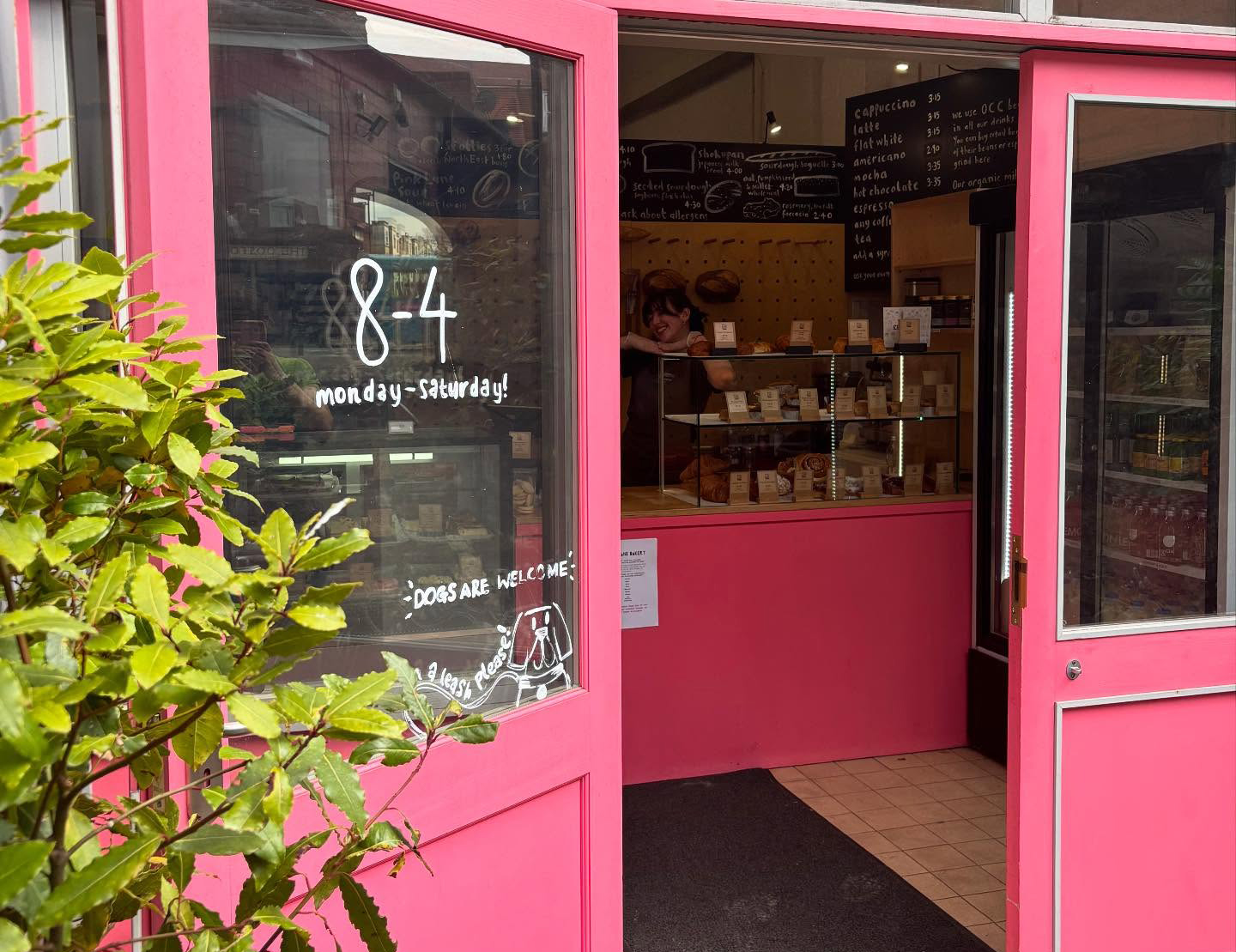The Bank of England is expected to lower interest rates by a quarter point on May 8 as US President Donald Trump’s tariffs darken the global growth outlook, and some economists think the BoE will soon need to speed up its gradual approach to rate cuts.
BoE Governor Andrew Bailey, speaking in Washington last week after the International Monetary Fund downgraded UK and global growth prospects, said he was taking “very seriously” the risks posed by Trump’s tariffs.
A gauge of British private-sector activity sank in April to its lowest since the turmoil caused by former Prime Minister Liz Truss’ budget plans in late 2022, while US output has fallen for the first time in three years.
Until now the BoE’s Monetary Policy Committee has taken what it calls a “gradual and careful” approach – cutting rates only three times since August 2024 – due to inflation pressures including strong wage growth.
This should now change, Rob Wood, chief UK economist at consultancy Pantheon Macroeconomics, said.
“The MPC will conclude that the economy was doing fine before tariffs, and probably warranted only very gradual cuts. But Donald Trump’s tariff fandango is going to sap growth, slow inflation a bit faster and justify earlier and slightly more interest rate cuts,” Wood predicted.
Economists polled by Reuters expect quarter-point rate cuts by the BoE every three months – taking interest rates to 3.75 per cent by the end of the year from 4.5 per cent now – while financial markets see rates falling slightly further to 3.5 per cent.
Wood expects back-to-back rate cuts in May and June – the first such move by the BoE since 2020.
“That’s insurance against Donald Trump’s erratic behaviour,” he said.
INFLATION PRESSURES
Some MPC members may be reluctant to step up the pace.
Consumer price inflation was lower than forecast at 2.6 per cent in March but remained well above the BoE’s 2 per cent target and economists expect it rose above 3 per cent in April on higher energy tariffs.
Annual wage growth of nearly 6 per cent is roughly double what the BoE views as consistent with 2 per cent inflation and measures of businesses’ and the public’s expectations for future inflation are also high.
However, Megan Greene – a hawkish MPC member – said last week she believed Trump’s tariffs would lower inflation.
Britain has not imposed tariffs on the US and could receive a glut of European and Chinese goods that are no longer cost-effective to sell in the United States.
Surveys of UK businesses have shown a sharp fall in hiring, which companies say reflects higher employer taxes and an increased minimum wage as well as the international turmoil. This could ultimately dampen wage growth.
UBS economist Anna Titareva said lower energy prices and a rise in sterling would prompt the central bank to lower its CPI forecasts for the ends of 2025 and 2026 by about 0.3 percentage points to 3.2 per cent and 2.1 per cent respectively.
Cuts to the growth forecast are more likely for 2026 than for 2025, economists said. The BoE’s February forecast of 0.75 per cent growth for this year was at the low end of predictions and the economy was stronger than expected at the end of 2024 and early in 2025.
In its deliberations, the BoE will place more emphasis on alternative scenarios following suggestions last year from former Fed chair Ben Bernanke which could help it reflect the uncertainty over US policy.
If the BoE focused heavily on the possibility of prolonged disruption from tariffs, that could be a signal that it will consider cutting rates in June as well as May, Wood said.
HSBC economist Liz Martins said the BoE might also adjust its “gradual and careful” language about rate cuts.
“Carefulness cuts both ways. There is a risk of doing too little, as well as a risk of doing too much,” she said.







Click here to change your cookie preferences